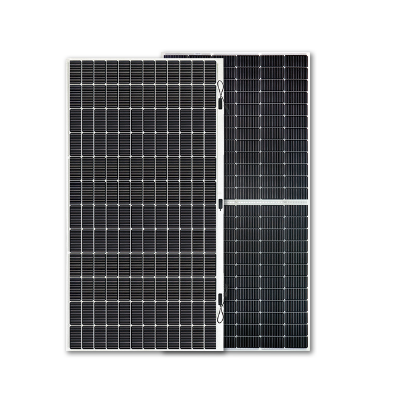With the increasing demand for renewable energy sources and restrictions on traditional energy sources, solar energy is gradually becoming a popular alternative energy option. And flexible solar panels, as an emerging technology, have demonstrated their versatility and efficiency in the solar industry. This paper will discuss the characteristics, application areas, as well as the challenges and future directions of flexible solar panels.
1. Introduction
Solar energy, as an unlimited energy resource, has great potential in addressing the energy crisis and environmental pollution. However, conventional silicon-based solar panels are limited in their use in a variety of application scenarios due to their rigidity and weight.
2. Features of flexible solar panels
Flexible solar panels use flexible substrate materials, such as polymers or thin films, which give them the following characteristics:
– Flexible nature: bendable and adaptable to irregular surfaces for applications of all types of shapes and structures.
– Lightweight and portable: Compared to the rigid structure of traditional panels, flexible panels are lightweight and easy to carry and install.
– Versatility: Applicable to different applications, such as buildings, vehicles, outdoor products, etc.
– High efficiency: Adopting new thin-film solar technology, it has high energy conversion efficiency.
3. Application areas of flexible solar panels
Flexible solar panels are widely used in the following fields:
– Architecture and integrated design: flexible solar panels can be integrated into building materials to provide renewable energy for buildings and improve energy use efficiency.
– Transportation: They can be applied to the roof or body of cars, boats, airplanes and other vehicles to provide support for power needs.
– Outdoor activities and travel: It can be applied to backpacks, tents, portable charging devices and other outdoor products to meet the power demand in outdoor activities.
– Remote areas and developing countries: Because flexible solar panels are easy to install and carry, it becomes an ideal choice for energy supply in remote areas and developing countries.
4. Challenges of flexible solar panels and future development direction
Flexible solar panels face the following challenges and development directions:
– Production cost: The current production cost of flexible solar panels is high and needs to be further reduced to improve market competitiveness.
– Durability and stability: Flexible solar panels need to have durability and stability, especially for long-term use under harsh environmental conditions.
– Technological innovation: Further research and development of new materials and technologies to improve the efficiency and reliability of flexible solar panels.
Conclusion:
With its versatility and high efficiency, flexible solar panels bring greater potential for the solar industry and are used in construction, transportation, outdoor

